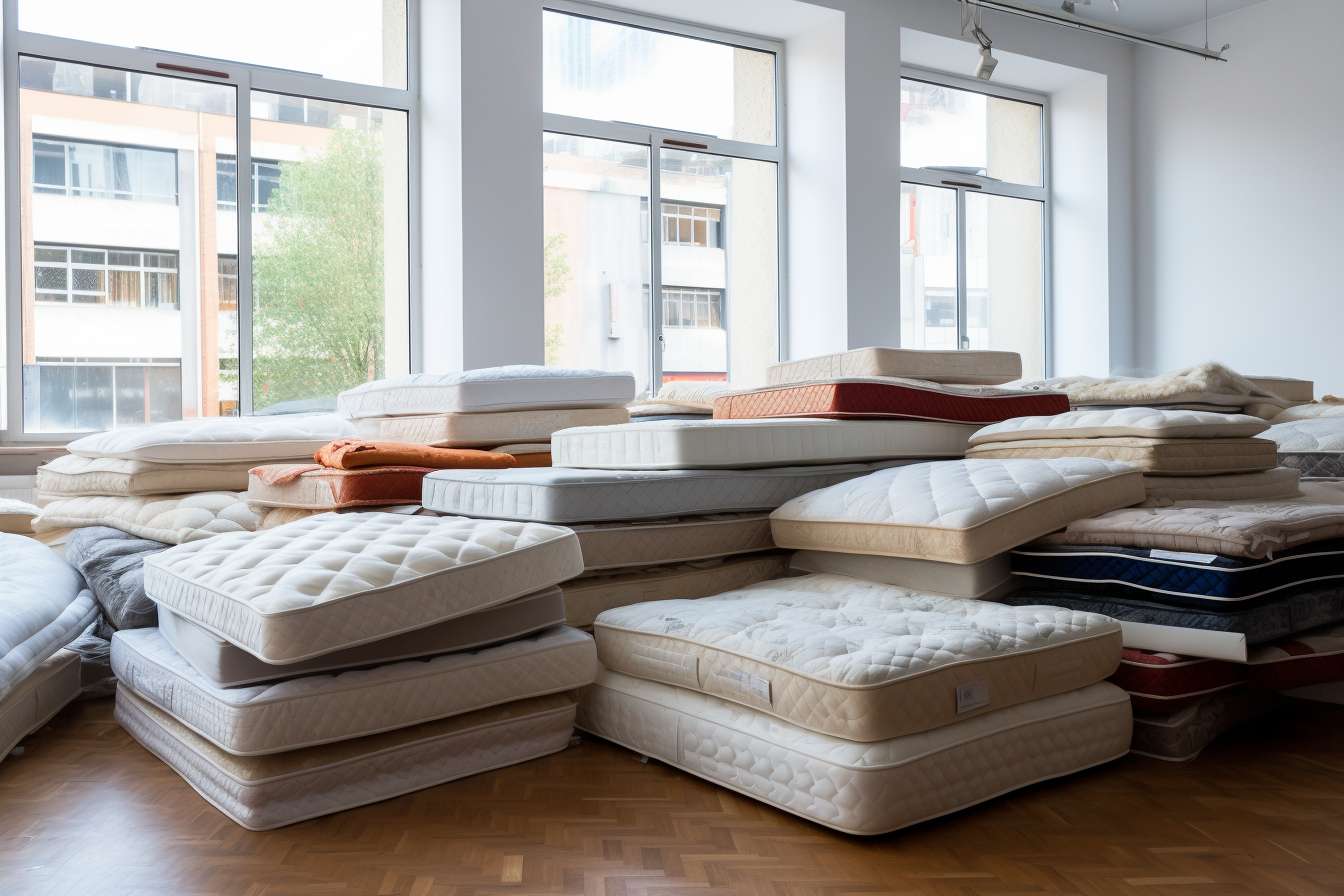Acoustic Strategies to Reduce Nighttime Noise in Urban Dwellings
Urban bedrooms frequently contend with nighttime noise from traffic, neighbors, and HVAC systems. Practical acoustic strategies—ranging from insulation and textiles to layout, storage, and ventilation—can improve sleep quality and overall ambiance. This article outlines measured, sustainable approaches that balance sound control with daylight, ergonomics, and organization.

Acoustics fundamentals and assessing noise
Understanding acoustics starts with identifying noise sources and transmission paths. Measure common evening disturbances—street traffic, building creaks, or HVAC hum—by noting when noise peaks and whether it’s airborne or structure-borne. Simple smartphone decibel apps can offer a basic baseline, but observation of patterns (time of night, rooms affected) is often more actionable for planning improvements. Prioritize interventions that directly target dominant sources for better sleep outcomes.
A practical listening assessment helps decide whether to focus on windows, walls, floors, or internal layout. Airborne noise (voices, vehicles) often responds well to added mass and seals, while impact noise (footsteps, dropped items) may need decoupling or soft surface layers. Keep acoustics in mind alongside insulation to maintain thermal comfort without compromising ventilation.
Insulation materials and soundproofing approaches
Adding mass and damping reduces airborne noise: consider denser wall layers, mass-loaded vinyl, or additional drywall with resilient channels. Insulation in cavities—fiberglass, mineral wool, or dense cellulose—improves both thermal performance and acoustics. Seal gaps around windows, doors, and outlets to prevent sound leaks, and use acoustic caulk where rigid connections transmit noise.
Floors can be treated with underlayments or carpets to damp impact sounds; ceiling isolation techniques help when noise comes from above. When selecting materials, balance sound reduction with sustainability goals by choosing recycled-content insulation or low-VOC products that support indoor air quality and long-term comfort.
Textiles, color, and ambiance for quieter sleep
Soft surfaces absorb mid- to high-frequency sounds and contribute to a tranquil ambiance. Heavy curtains, layered rugs, upholstered headboards, and wall-hung textiles help reduce reverberation and surface reflections. Color and fabric choices influence perceived calm—muted palettes and matte finishes minimize visual busyness, which complements a quieter auditory environment for better sleep.
Textiles also support ergonomics and sensory comfort: breathable bedding and rugs that insulate without trapping moisture help maintain a restful microclimate. Choose materials that are easy to clean and maintain to keep textiles effective and hygienic over time.
Layout, modular furniture, and decluttered organization
Room layout affects how sound travels. Position the bed away from the noisiest walls or windows when possible, and use storage units, bookcases, or freestanding wardrobes as additional sound buffers. Modular furniture lets you reconfigure barriers as needs change, and multifunctional pieces can combine storage with acoustic benefits.
Declutter and organize to reduce echo and improve perceived calm—organized spaces often feel quieter and less stimulating. Integrated storage that keeps items off floors and surfaces reduces incidental noises and supports a restorative sleep environment while improving circulation around doors and ventilation paths.
Ventilation, ergonomics, and sustainable strategies
Maintaining airflow without sacrificing quiet is essential. Mechanical ventilation with sound-damped ducts or quiet fans can deliver fresh air while minimizing noise; acoustic vents and duct liners reduce transmission. Where windows are the main ventilation route, consider acoustic window inserts or trickle vents that damp sound while allowing airflow.
Ergonomics ties into acoustic comfort: a well-arranged bedroom that supports easy access to controls (lighting, window coverings, fans) means fewer disruptive movements at night. Focus on sustainable options—energy-efficient fans, passive ventilation strategies, and materials with lower embodied carbon—to align sound control with environmental goals.
Lighting, sleep routines, and final considerations
Lighting design influences sleep quality alongside acoustics. Use layered lighting—soft bedside lamps, dimmable overheads—to reduce reliance on bright fixtures that can interrupt circadian rhythms. Combine acoustic measures with consistent sleep routines and noise-minimizing habits (white-noise machines at low volume, closing doors) for a compound effect on sleep.
When durable changes aren’t feasible, targeted, reversible interventions—thick curtains, door sweeps, rugs, and wall-hung panels—offer measurable benefit. Consider the interaction of sound treatments with color, textiles, and storage so solutions enhance both function and ambiance.
This article is for informational purposes only and should not be considered medical advice. Please consult a qualified healthcare professional for personalized guidance and treatment.
In conclusion, effective nighttime noise reduction in urban bedrooms blends technical measures and everyday choices: assess acoustics, add appropriate insulation and textiles, optimize layout and storage, and maintain ventilation and lighting that support sleep. Thoughtful, sustainable decisions can deliver quieter, more comfortable spaces without major renovations.





